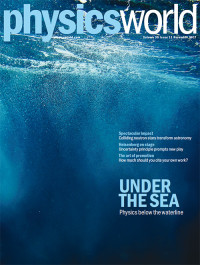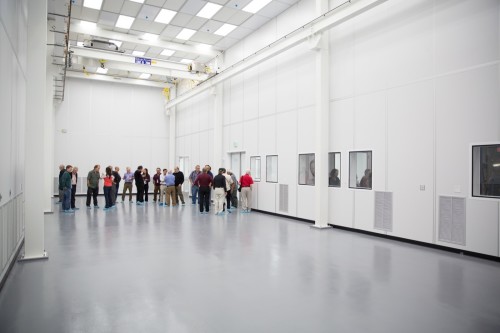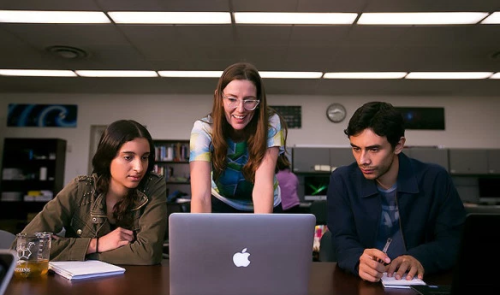
Juliet Davenport at Hampole wind farm near Doncaster. (Courtesy: kalory.co.uk)
By Margaret Harris
In the days following the Great Storm of October 1987, as people across southern England and northern France picked roof tiles and downed tree limbs out of their gardens, Juliet Davenport began thinking seriously about weather.
At the time of the storm, Davenport – now the chief executive of Good Energy, a UK-based supplier and generator of renewable energy – was a third-year physics student at the University of Oxford. She was fascinated to learn that meteorologists (including the BBC’s Michael Fish, who famously told viewers “not to worry” about an approaching hurricane) got their predictions wrong due, in part, to a simple error in the location of ship-based weather observations in the Bay of Biscay, which led them to predict that the storm would follow a more southerly track. “I realized then just how fundamentally sensitive our systems are to data fluctuations,” she told an audience at the University of the West of England (UWE) last night.
Thirty years later, Davenport is still fascinated by the science of weather and climate, but she has also become passionate about the economics of how business becomes an “engine for change” in the world. The role of business in decarbonizing the UK economy was a major theme of her talk. Often, she explained, people regard sustainability and climate change as “someone else’s problem”. That isn’t useful, she said, because “if you expect one part of a society to do all the work, it’s really hard”.
Continue reading →


 By Matin Durrani
By Matin Durrani



